This article was co-authored by Josh Goldbach. Josh Goldbach is an Outdoor Education Expert and the Executive Director of Bold Earth Adventures. Bold Earth leads adventure travel camps for teenagers all over the world. With almost 15 years of experience, Josh specializes in outdoor adventure trips for teens both in the United States and internationally. Josh earned his B.A. in Psychology from Eckerd College in St. Petersburg, Florida. He’s also trained as a wilderness first responder, a Leave No Trace master educator, and a Level 5 Swiftwater rescue technician.
There are 11 references cited in this article, which can be found at the bottom of the page.
wikiHow marks an article as reader-approved once it receives enough positive feedback. In this case, several readers have written to tell us that this article was helpful to them, earning it our reader-approved status.
This article has been viewed 105,910 times.
While most ticks are harmless and only need to be removed, you need to know the symptoms of tick-borne illnesses to prevent potentially life-threatening conditions like Lyme Disease. Ticks are usually found on pets, in tall grass, and in the forest, and they bite humans to drink their blood for food. As gross as that sounds, treating a tick bite is a simple process that rarely requires a trip to the doctor.
Steps
Removing the Tick
-
1Grasp the tick as close to the skin as possible with a pair of tweezers. Get the tips as close to the bottom of the tick as possible so it does not break when you pull it out.[1]
-
2Pull upward with firm, even force. Use even pressure to pull the tick gently out of the skin. Don’t twist, jerk, or yank on the tick or you could break the mouth off inside your skin. Think of smoothly pulling back and arrow on a bow.
- Do not resort to force if the tick doesn’t come out easily. Try your best to remove the tick as gently as possible.[2]
Advertisement -
3Pull out any remaining parts of the tick with tweezers. If the tick’s mouth breaks off in your skin, try to gently remove it with the tweezers. However, if you cannot easily get them out then you should leave the bite alone while your skin heals.[3]
-
4Do not cover the tick in petroleum jelly or nail polish, or “coax” it out with heat. Simply remove it with tweezers.[4]
-
5Wash the bite thoroughly with soap and water. This will prevent infection and keep the wound clean and healthy. Cover the bite with a bandage and let it heal naturally, usually after 2-3 days.[5]
- If you have it, apply a topical antibacterial cream like Neosporin to clean the bite out.
-
6Save the tick’s body for later identification. If you do get sick from the bite, a doctor will likely want to test the tick’s body for diseases. Put the body in a dry jar or ziplock bag and throw it in the freezer for identification.[6]
-
7Seek medical attention if the bite wound gets infected. Signs include: tenderness, pus, redness, swelling, and red streaks leading from the bite.
Diagnosing Tick-Borne Diseases
-
1See a doctor immediately if you have a rash, joint pain, headache, or fever. These are all signs of common tick-borne illnesses. Because these diseases can spread quickly it is best to see a doctor immediately if symptoms arise.
- If you’ve save it, bring the body of the tick with you for identification.
-
2Know the symptoms of Lyme Disease. Lyme disease is the most common disease transmitted from ticks to humans. Lyme disease can lead to serious muscle, joint and brain impairment if not treated. Symptoms typically begin within 3-30 days of the bite, and include:
- Red “bulls-eye” rash around the location of the bite.
- Fever, chills.
- Joint pain.
- Swollen lymph nodes.[7]
-
3Know the symptoms of Southern Tick Associated Rash Illness (STARI). STARI occurs only in the east coast of America, from the southeastern edge of Nebraska all the way to Maine and Florida.[8] It is transmitted by the lone star tick. Symptoms include:
- Red rash (2-4 centimeters wide) developing within a week of the tick bite.
- Fatigue
- Headache
- Muscle pains.
-
4Know the symptoms of Rocky Mountain Spotted Fever. Transmitted by multiple species of tick, this bacterial disease can be fatal if untreated. If you notice any of the following symptoms, get treatment immediately – treatment is most effective if started within 5 days of the infection.[9]
- Sudden fever and headache.
- Rash (though many patients never get a rash)
- Nausea and vomiting.
- Abdominal pain.
- Red eyes.
- Muscle or joint pain.[10]
-
5Know the symptoms of Ehrlichiosis. This disease has spread across the United States and South America through multiple species of ticks. When caught early, treatment is usually a simple course of antibiotics. However, left unchecked it can cause serious medical issues. Symptoms include:
- Fever and chills.
- Headache.
- Nausea, vomiting, diarrhea.
- Confusion or lack of mental clarity.
- Red eyes.
- Rash (60% of children, under 30% of adults).[11]
-
6Know the symptoms of Tularemia. This disease kills large numbers of rodents and rabbits each year, but is usually treated quickly with antibiotics for humans. Symptoms include:
- Red, blister-like ulcer at the bite site.
- Irritated and inflamed eyes.
- Sore throat, tonsillitis
- Coughing, chest pain, and difficulty breathing (severe cases).
Preventing Tick Bites
-
1Know common tick-infested areas. Ticks like tall grasses, wooded areas, and shrubs. Walk in the center of hiking trails to avoid brushing up against tick infested areas.
-
2Wear long clothing while hiking. Pants and long sleeves can protect your from ever having to deal with tick bites. Tuck your pants into your socks or boots to prevent them from crawling up under your clothes.
-
3Use insect repellent with 20-30% DEET on exposed skin. This is the most effect barrier against tick bites. Avoiding the noise, eyes, and mouth, spray your skin with DEET every 2-3 hours to avoid bites.
- If you can’t use DEET, some naturalists swear by 2-3 drops of strong smelling Rose Geranium oil as a natural repellent.[12]
-
4Coat clothes, tents and equipment in 5% permethrin. This chemical is too toxic to put directly on the skin, but it creates a barrier against ticks that lasts through up to 5-6 washings. Clothes that are advertised as “tick-repellent” are coated in permethrin.[13]
-
5Never apply permethrin directly to your skin.
-
6Bath or shower shortly after returning indoors. Many ticks will be on your body for several hours before biting. Wash off with soap and water to remove them and easily see if any have already bitten you.
-
7Use a mirror or a friend to check your entire body for ticks. Ticks can get into clothing and bite you anywhere, so be sure to check under the arms, behind the ears and knees, and in any hair.[14]
- Perform this check as soon after leaving the woods as possible.
-
8Tumble dry your clothes on high-heat to kill ticks. Any ticks trapped in your clothing will die in the drier. Using high heat, dry your clothes for at least an hour to get rid of any remaining ticks.[15]
Warnings
- Never squeeze the tick's body or try to pop it.⧼thumbs_response⧽
References
- ↑ http://www.cdc.gov/ticks/removing_a_tick.html
- ↑ http://www.webmd.com/first-aid/tc/how-to-remove-a-tick-overview
- ↑ http://www.cdc.gov/ticks/removing_a_tick.html
- ↑ http://www.webmd.com/skin-problems-and-treatments/tc/tick-bites-home-treatment
- ↑ http://www.webmd.com/first-aid/tc/how-to-remove-a-tick-overview
- ↑ http://www.webmd.com/first-aid/tc/how-to-remove-a-tick-overview?page=2
- ↑ http://www.cdc.gov/lyme/signs_symptoms/index.html
- ↑ http://www.cdc.gov/stari/
- ↑ http://www.cdc.gov/rmsf/
- ↑ http://www.cdc.gov/rmsf/symptoms/index.html
- ↑ http://www.cdc.gov/rmsf/
- ↑ http://www.primallyinspired.com/easy-natural-tick-repellent-that-really-works-essential-oils/
- ↑ http://www.outdoors.org/publications/outdoors/2012/equipped/tick-off-most-effective-tick-repellents.cfm
- ↑ http://www.cdc.gov/ticks/avoid/on_people.html
- ↑ http://www.cdc.gov/ticks/avoid/on_people.html
About This Article
Start treating a tick bite by removing the tick with a pair of tweezers, and pulling out any part of the tick that remains in the skin. Then, wash the bite area thoroughly with soap and water, and save the tick in a plastic bag or a jar in case you need to identify it later. Cover the wound with a clean bandage, and let it heal for 2-3 days. If the area becomes swollen, tender, or red, seek medical care as soon as possible, and bring the tick to the doctor for testing. For tips on diagnosing tick-borne diseases and preventing tick bites, scroll down!
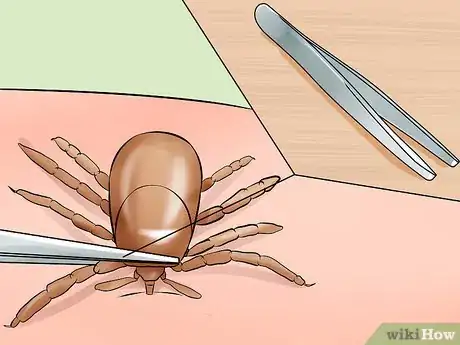
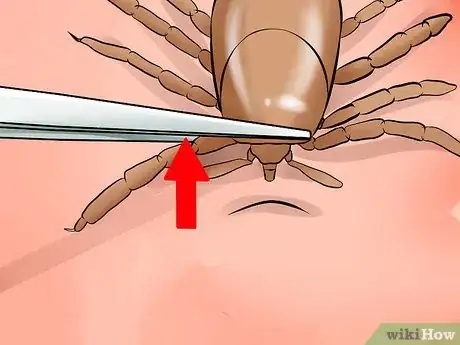
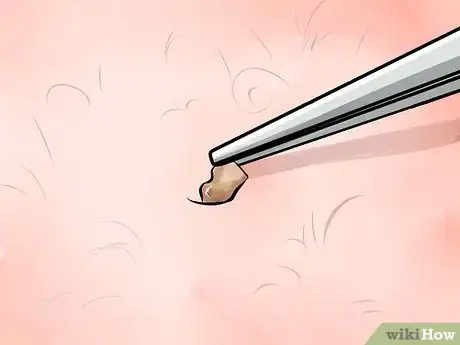
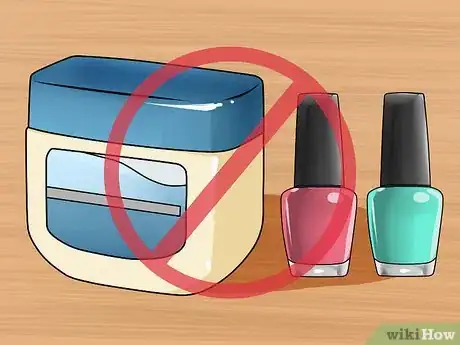
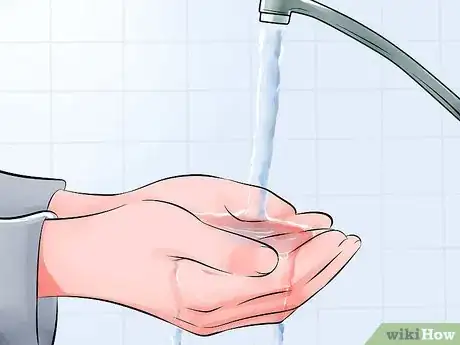
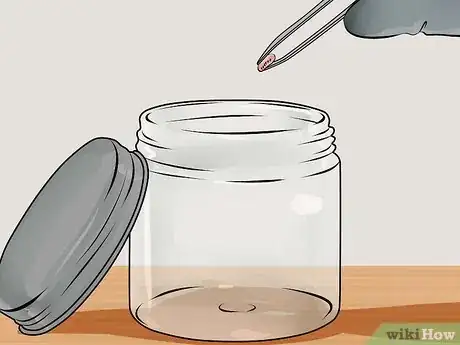
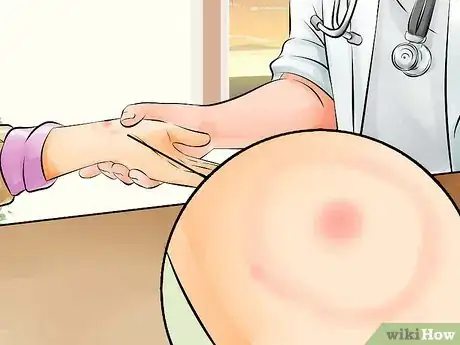

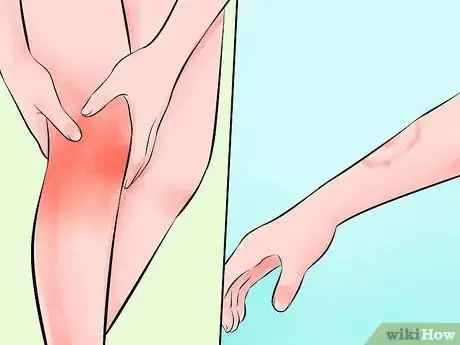

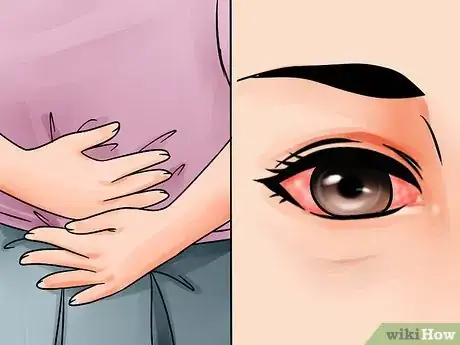
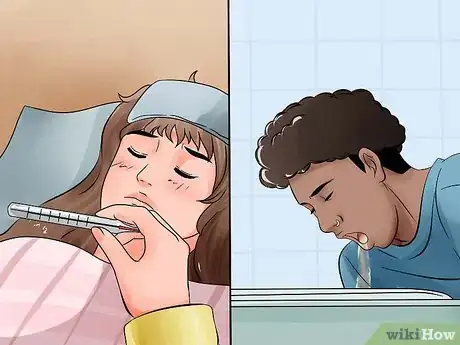
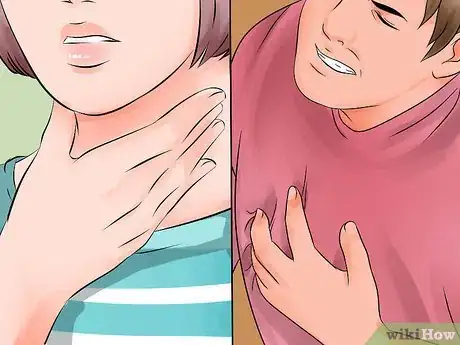



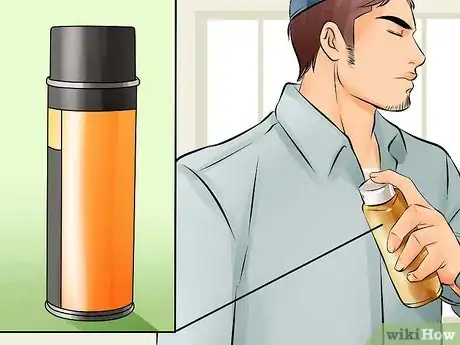
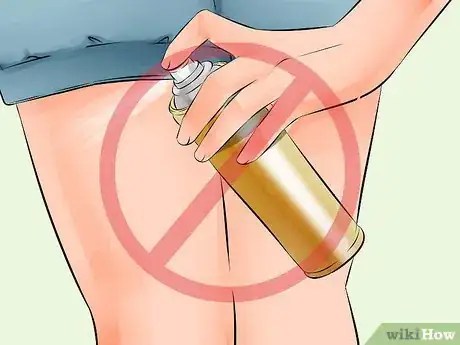



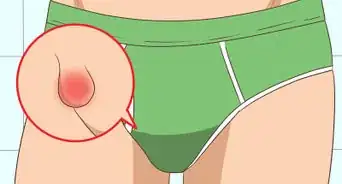


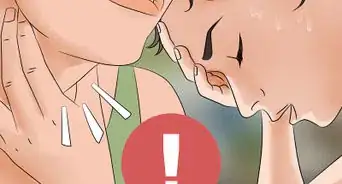








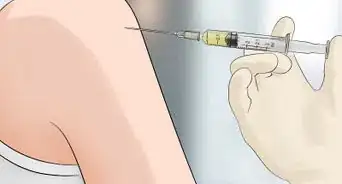












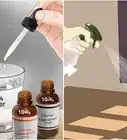
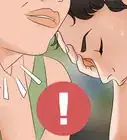



































Medical Disclaimer
The content of this article is not intended to be a substitute for professional medical advice, examination, diagnosis, or treatment. You should always contact your doctor or other qualified healthcare professional before starting, changing, or stopping any kind of health treatment.
Read More...